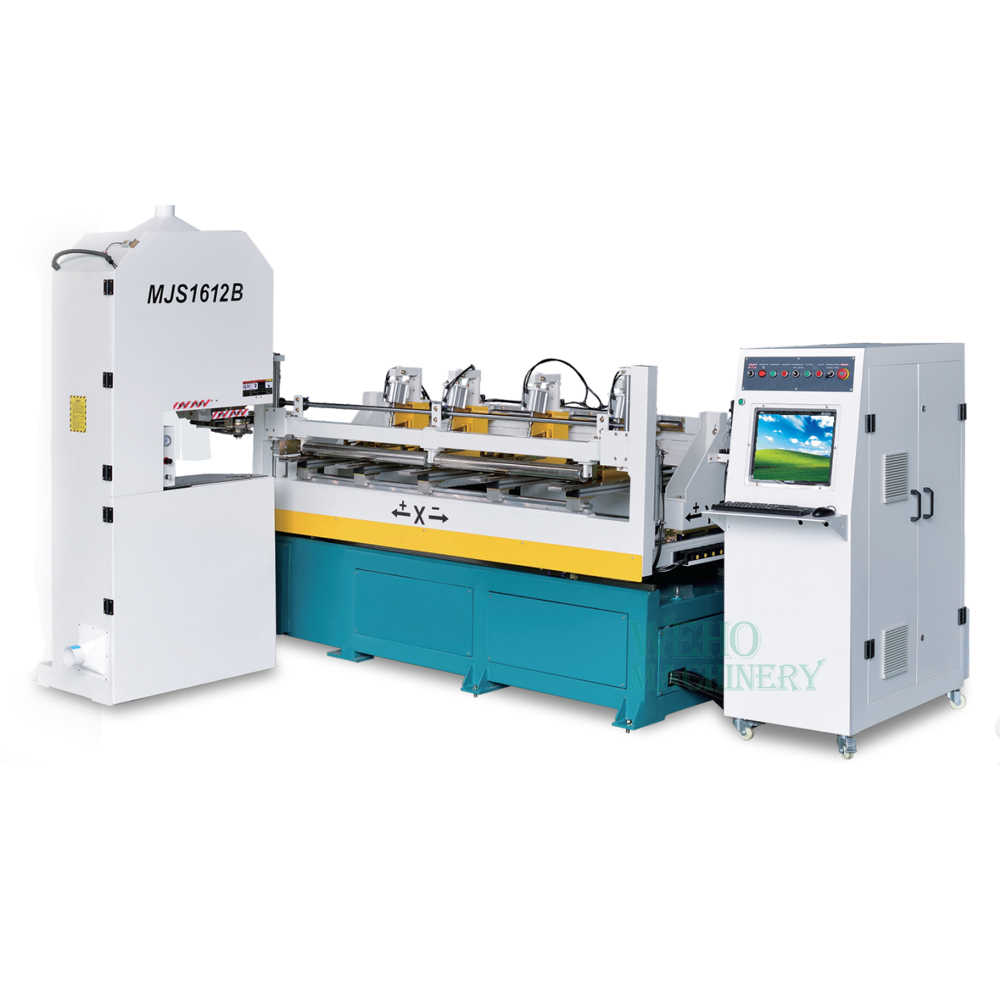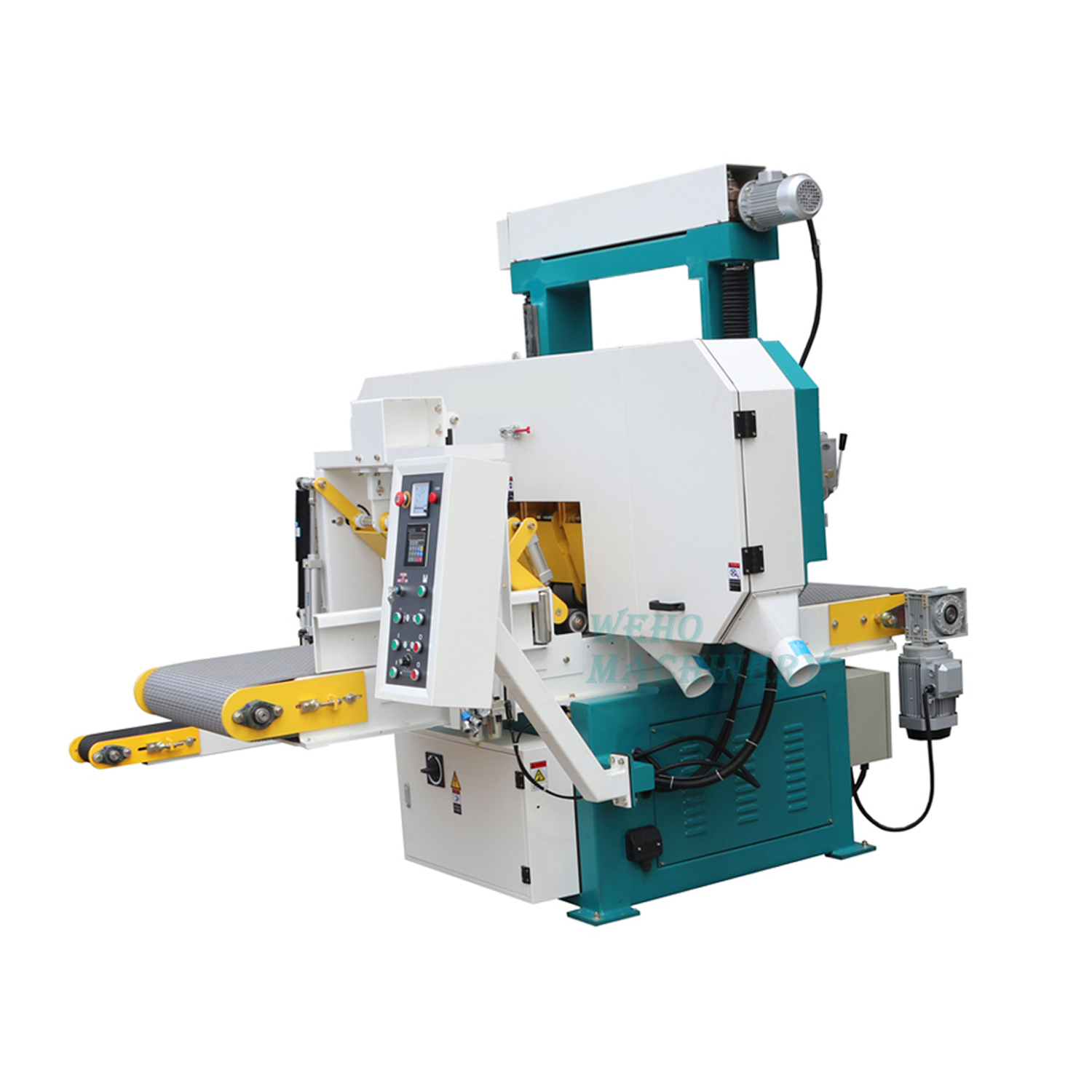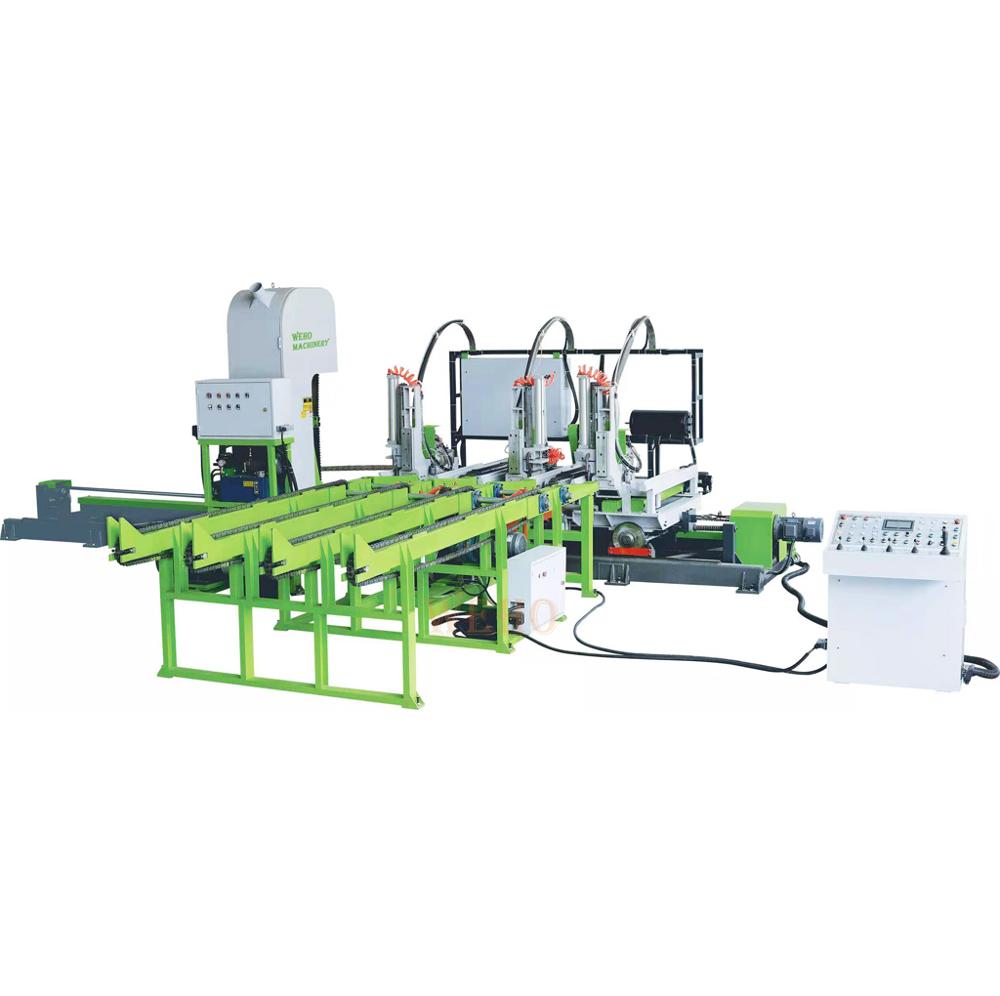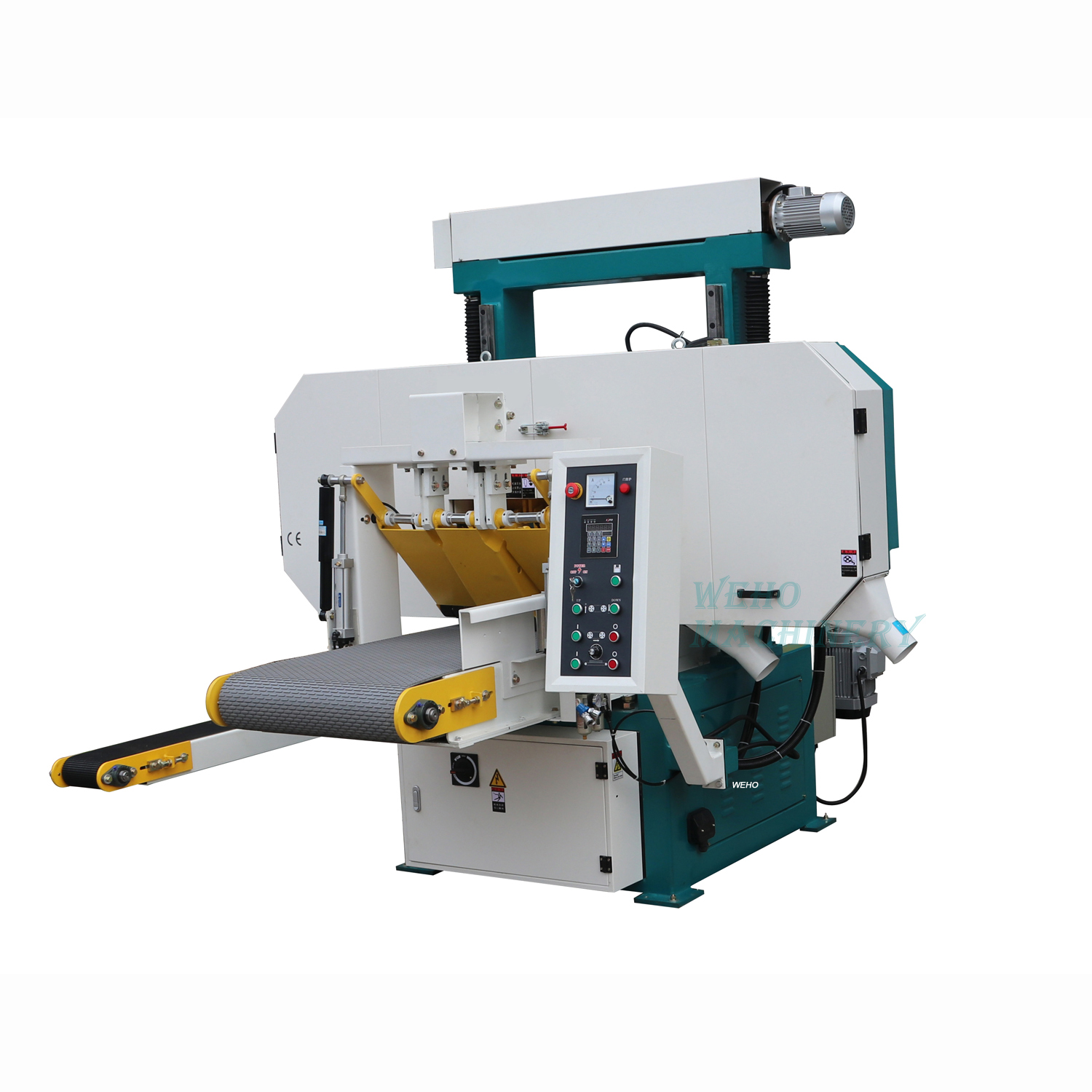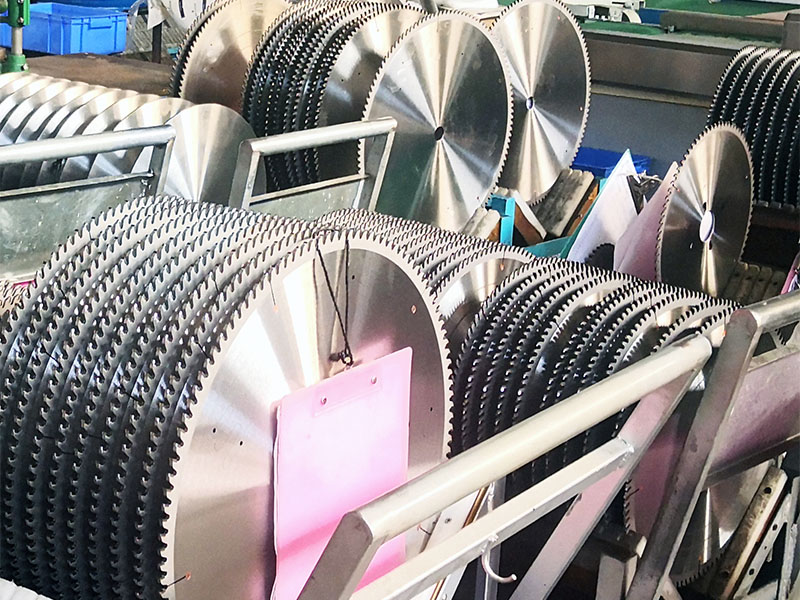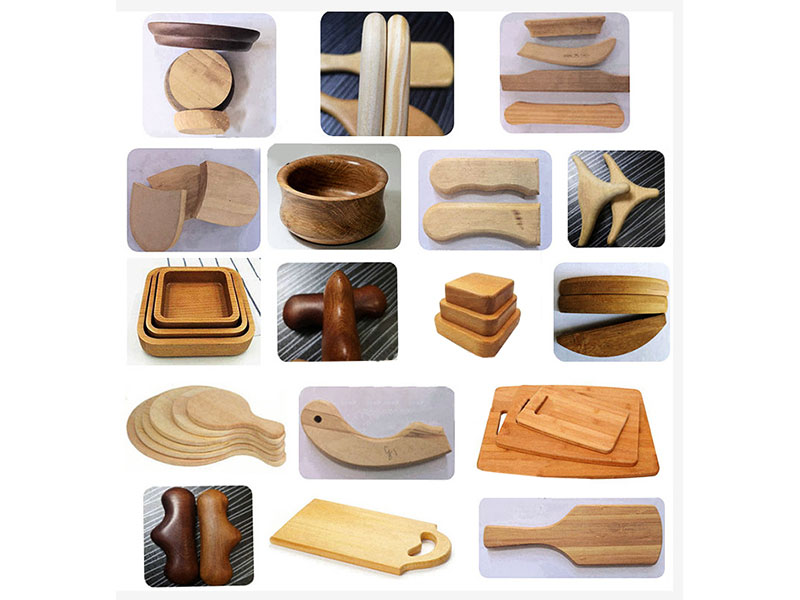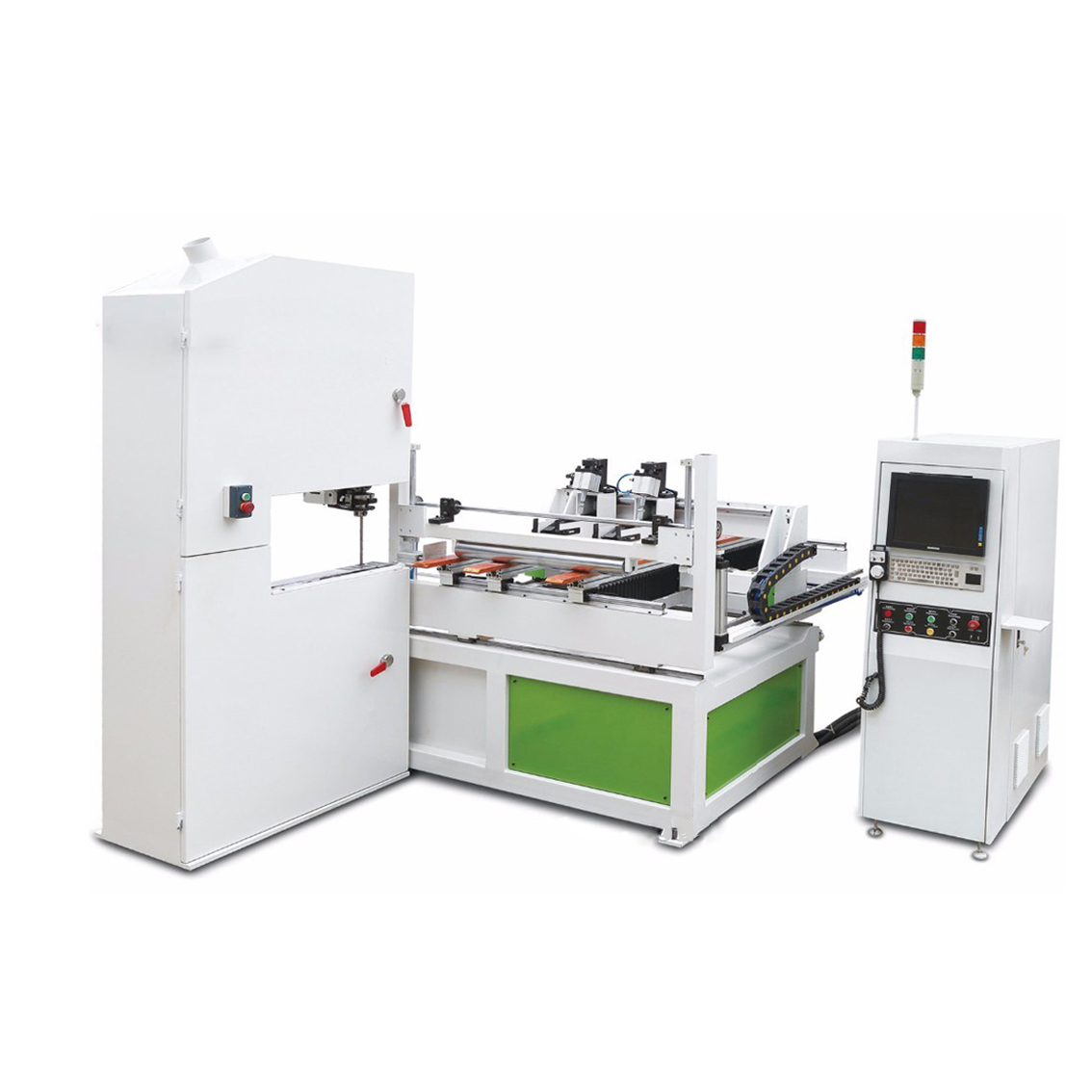
Vertical Or Horizontal Bandsaw: Which Is Better?
Bandsaws are dependable instruments in the metalworking and woodworking industries, essential for precise cutting and shaping. However, the controversy continues: Vertical vs Horizontal Bandsaw: Which is Better? This article delves into more about the intricacies of both types.
Understanding the Basics
Before delving into the debate, let’s elucidate the fundamental differences between vertical and horizontal bandsaws.
Horizontal Bandsaw
A horizontal bandsaw, as the name suggests, features a horizontal cutting orientation. The workpiece remains fixed while the blade, placed on two wheels, travels vertically, slicing through the material.
Vertical Bandsaw
Conversely, a vertical bandsaw positions the workpiece on a table, allowing the blade to descend vertically onto the material. The table can frequently be adjusted to facilitate slanted cuts.
Advantages Of Horizontal Bandsaw
Here are the key advantages of horizontal bandsaw:
Efficiency in Cutting Large Stock
Horizontal bandsaws excel at cutting large stock due to their horizontal orientation. The material sits securely on the saw bed, ensuring stability and precision while cutting. This makes them ideal for industries dealing with heavy-duty materials such as steel fabrication and metalworking.
Straight and Consistent Cuts
Horizontal bandsaws are well-known for their ability to produce straight and regular cuts, especially when dealing with large or dense materials. The horizontal orientation minimizes the risk of blade deflection, resulting in clean, uniform cuts.
Enhanced Blade Life
Horizontal bandsaws often have wider blades than their vertical counterparts. This increased blade width translates to improved blade life, as the wider blade disperses heat more effectively, reducing wear and tear during prolonged cutting operations.
Versatility in Material Size
Horizontal bandsaws offer greater versatility when it comes to accommodating various material sizes. Their spacious cutting beds and adjustable clamping mechanisms allow for the cutting of materials of different shapes and dimensions, providing flexibility in production processes.
Advantages of Vertical Bandsaw
Here are the major advantages of vertical bandsaw:
Enhanced Maneuverability for Intricate Cuts
Vertical bandsaws shine when it comes to intricate cuts and curved designs. The vertical blade orientation, coupled with the ability to tilt the table, allows for greater maneuverability and control, making them the preferred choice for tasks requiring intricate detailing or curved cuts.
Compact Footprint
Vertical bandsaws typically boast a more compact footprint compared to their horizontal counterparts. This makes them excellent for workshops and institutions with limited space. Their smaller size also translates to easier mobility and storage.
Ease of Use for Lighter Materials
For lighter materials such as wood or plastic, vertical bandsaws offer ease of use and maneuverability. The vertical blade descent allows for precise control, minimizing waste and enhancing efficiency, particularly in woodworking applications.
Cost-Effectiveness
In terms of initial investment and maintenance costs, vertical bandsaws often prove to be more cost-effective than horizontal models. Their simpler design and reduced complexity result in cheaper initial costs and easier maintenance, making them an ideal alternative for small-scale companies or amateurs.
Considerations For Selecting The Right Bandsaw
When selecting the right bandsaw, several significant aspects are as follows:
Material and Application
The choice between vertical and horizontal bandsaws ultimately hinges on the specific materials and applications involved.For heavy-duty cutting of large stock, horizontal bandsaws reign supreme. Conversely, vertical bandsaws excel in tasks requiring intricate cuts and maneuverability.
Workspace and Mobility
Consider the available workspace and mobility requirements when selecting a bandsaw. Horizontal bandsaws, with their bigger footprint, are best suited for dedicated workshops with considerable space. Conversely, vertical bandsaws are well-suited for compact workshops or on-the-go applications.
Budget Constraints
Budget considerations play a crucial role in the selection process. While horizontal bandsaws offer superior cutting capabilities for heavy-duty applications, vertical bandsaws provide a more budget-friendly option without compromising on performance for lighter materials and intricate cuts.
Operator Skill Level
The operator's skill level and familiarity with bandsaw operation should also be taken into account. Horizontal bandsaws, with their straightforward cutting orientation, are generally easier to master for beginners. Vertical bandsaws, while more maneuverable, may necessitate a higher level of skill to get excellent results.
Conclusion
Finally, both types of bandsaws have their proper place in the world of metalworking and woodworking, responding to different demands and tastes. WEHO is a professional wooden furniture machine supplier with 15 years of production experience. Whether you are looking for horizontal bandsaws or vertical bandsaws, we are ideal for you!


